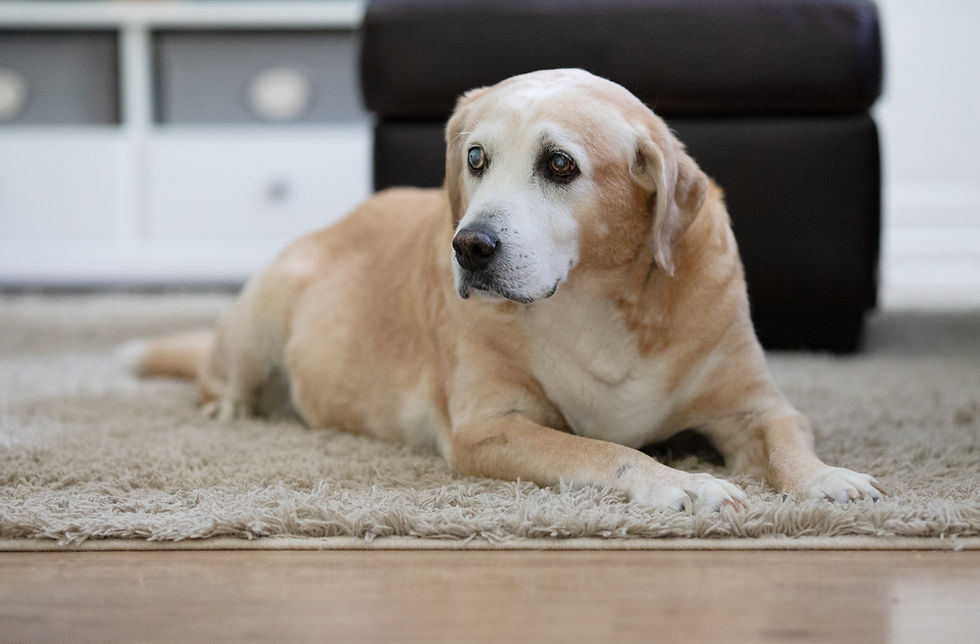What Happens When Your Pet is Euthanized?
- River Valley Gateway

- Jan 29, 2024
- 3 min read
No matter how much you love your furry friend, the inevitable period comes when you must say goodbye.
While euthanizing your pet is a difficult decision to make, it is a way of taking them out of their distress in a painless way. In such times, it’s essential to choose the best pet euthanasia service for several reasons.

In-home euthanasia
With in-home euthanasia, your pet doesn’t have to visit the vet’s office, allowing them to spend their last moment in the comfortable place they’ve always known as home. Also, you and your loved ones can say goodbyes, teary-eyed, in the privacy of your home.
At River Valley Gateway, we provide in-home euthanasia services and aftercare if you so desire. We honor, respect, and avoid making judgments when communicating your wishes regarding aftercare.
What to consider in the lead-up to euthanasia
When your furry friend’s condition worsens and euthanasia begins to look like your best bet for a painless passing, here’s what to consider:
Your role in the euthanasia procedure
Some of the questions regarding this that you’ll have to ask yourself include:
Do you want to be present throughout the procedure or only as far as the initial sedation?
Will kids be witnessing the event?
Will you be inclined to view their body afterward, or will it be too tough to bear?
Their final resting place
Here, you’ll have to consider if you want your pet to be buried or cremated or if you want to have a memorial keepsake of them, such as a pawprint, made.
Regarding cremation, you can choose a private, individual, or communal cremation. Speak with our experts at River Valley Gateway to decide which one best suits your purposes.
Follow-up grief companioning
In the aftermath of euthanasia, you’ll also have to decide whether you want a team from River Valley Gateway to provide grief sessions to help you cope with your pet’s passing and better appreciate their time in life, which will benefit your grief journey.
What happens during euthanasia?
We encourage the whole family, including other pets, to be present to say their goodbyes during the process. Read our full euthanasia process here.
To start with, your pet is made as comfortable as possible. Then, you’ll be required to sign a euthanasia consent form.
Your vet begins by giving your pet a mild tranquilizer or sedative through a small needle. This sedative helps the pet relax, become drowsy, and experience minimal anxiety. It usually takes effect within a few minutes.
Your pet may exhibit any of these signs 5-20 minutes after this initial jab:
Twitching
Muscle relaxation
Deep respiratory breaths
Visible tongue
Half-closed eyes
Once the pet is comfortably sedated, the veterinarian will administer the euthanasia medication. As the solution is injected, your pet loses consciousness, and the heart stops beating within a few minutes.
After the pet passes, there is complete muscle relaxation, often accompanied by urination and defecation. The euthanasia process is gentle and painless. The sedation ensures that the pet is relaxed and not aware of any discomfort, and the euthanasia medication induces a quick and peaceful passing.
Bid farewell to your beloved pet in a humane and painless way
Despite the painless procedure, euthanasia can be difficult and emotional for families to witness, especially for long-lived animals.
At River Valley Gateway, we understand the difficulty in the passing and can help you emotionally throughout your process, providing aftercare services and helping you see reasons to celebrate the life of your furry friend. Get started today.







